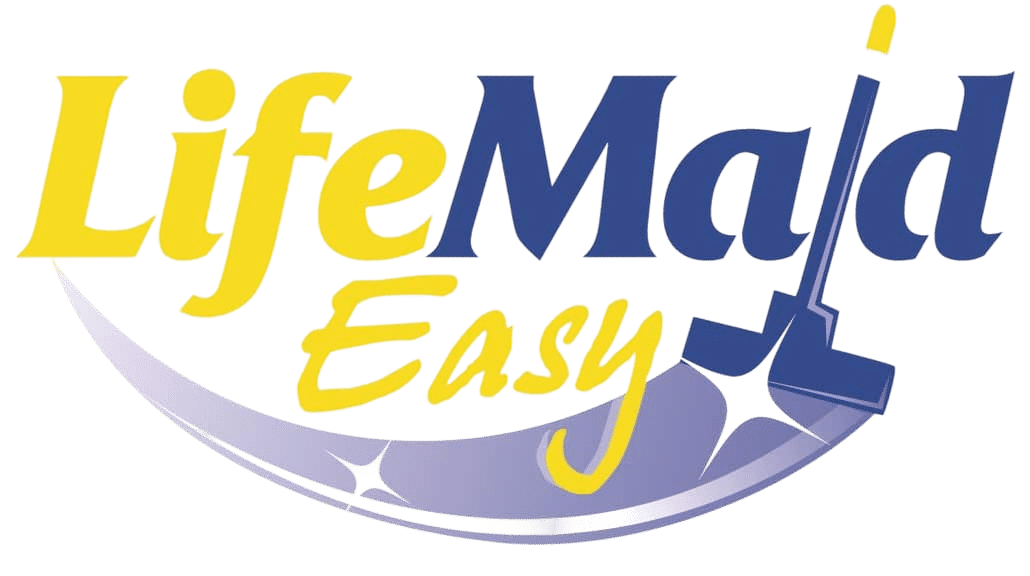6 Facts for Cleaning During Cold and Flu Season
Cleaning during cold and flu season requires more effort, because when the cold season sets in, chances of catching cold and flu increase.
Of course there is no amount of cleaning and protection that can guarantee that you are 100% safe from cold and flu.
However, it is important to be aware about what works and what doesn’t work to make sure, that everything you do is realistic and effective.
Here are facts that you should be aware of when it comes to cleaning your home during cold and flu season.
Fact #1: Sanitizing and disinfecting are not the same things!
Surprisingly, there is a massive difference between sanitizing and disinfecting.
Sanitizing kills 99.9% of bacteria only and does not kill viruses. While disinfecting kills 99.999% of bacteria, fungi and viruses, because disinfectant is the only product that have been approved by the EPA (Environmental Protection Agency) to kill viruses on hard surfaces.
To make sure your product is an EPA-approved disinfectant, look on the label for an EPA registration number on the back panel
99.9% and 99.999%, sounds like such a tiny difference? Not really.
Sanitizing, when done properly, results in a 1,000-fold reduction in exposure to germs, while disinfecting results in a 100,000-fold reduction.
Can you feel the difference now? I bet you do.
Know the Difference between cleaning, sanitizing and disinfecting
 Cleaning: removes dust, debris and dirt from a surface by scrubbing, washing and rinsing.
Cleaning: removes dust, debris and dirt from a surface by scrubbing, washing and rinsing.
Sanitizing: reduces the bacteria identified on the product’s label on surfaces and in laundry.
Disinfecting: destroys or inactivates both the bacteria and viruses identified on the product’s label (like influenza and rhinovirus) on hard, nonporous surfaces.
Disinfecting hard, nonporous surfaces is one of the most reliable ways to help lower the risk of spreading germs from surfaces by touch
To make sure your product is an EPA-approved disinfectant, look on the label for an EPA registration number on the back panel
Fact #2: Don’t over think and over clean
Even in cold season, hospital-level of disinfection is probably overkill when there is no actively sick people with health-compromised, or high-risk people such as babies or elderly in a house.
If you are healthy person in general, washing hands regularly, eating nutritiously, getting enough of sleep, doing exercises, walks and other activities, that support immune system, will have greater impacts.
Do disinfection, when it is really required. For example, when you or your family member get sick, or when you have small babies or old people living with you.
On a weekly or fortnightly basis, you can mostly focus on high-touch common areas such as door and drawer handles, light switches, TV remote, toilet flushers, refrigerator handles, sinks.
Fact #3: Sanitizers and disinfectants don’t kill ALL infectious germs
To claim that a cleaning solution kills 99.9% of germs, its producer only needs to prove it can kill a few specific pathogens on a flat, non-porous, already-clean surface. To know exactly what a solution can kill, you need to read the fine print.
Fact #4: Disinfectants lose effectiveness when used on dirty surfaces
It is possible to kill 99.999% of germs with disinfectant, when applied to a surface that is already thoroughly cleaned.
In fact, dirt and grime protect pathogens from direct contact with disinfecting solutions.
Some types of dirt may even consume or impair a disinfecting solution. Dirt can help germs and bacteria to re-grow after disinfecting is completed.
So, do your best to clean before disinfecting.
Important Note: Always use cleaning solutions designed to bond with and lift away dirt and grime particles.
Also, choose cleaning tools that are sufficiently absorbent to remove dirty water from surfaces you are planning to disinfect.
Fact #5: Disinfectant solutions lose their effectiveness when you fail to follow manufacturer’s instructions for use
Lots of problems and misunderstandings come from rushing things and not reading instructions properly.
When we don’t read contracts properly as well as emails, labels, etc., it can lead us into ignorance.
Don’t let yourself “to fall into that hole”!
Always read the fine print on disinfecting wipes.
You will learn that: multiple wipes are generally needed to deliver enough disinfecting solution to a surface. Also, the surface you are disinfecting needs to soak with the disinfecting solution for a full 10-15 minutes. Only this way you will be able to kill 99.999% germ.
Fact #6: If you have a choice, wash hands with soap rather then sanitize your hands
Some people think that sanitizer works better than soap. However, in most situations, water is the best way to reduce the number of microbes and pathogens.
If soap an d water are not available, use an alcohol-based hand sanitizer.
d water are not available, use an alcohol-based hand sanitizer.
Alcohol based hand sanitizers can quickly reduce the number of microbes on hands in some situations.
However, be aware that sanitizers do not eliminate all types of germs.
Scrub your hands with soap for at least 20 seconds.
It is important to note that hand sanitizers are not as effective, especially when hands are visibly dirty.
So, clean hand with soap first and then sanities if you feel to do so.
Auckland Cleaners and Maids – Life Maid Easy Cleaning Services®


